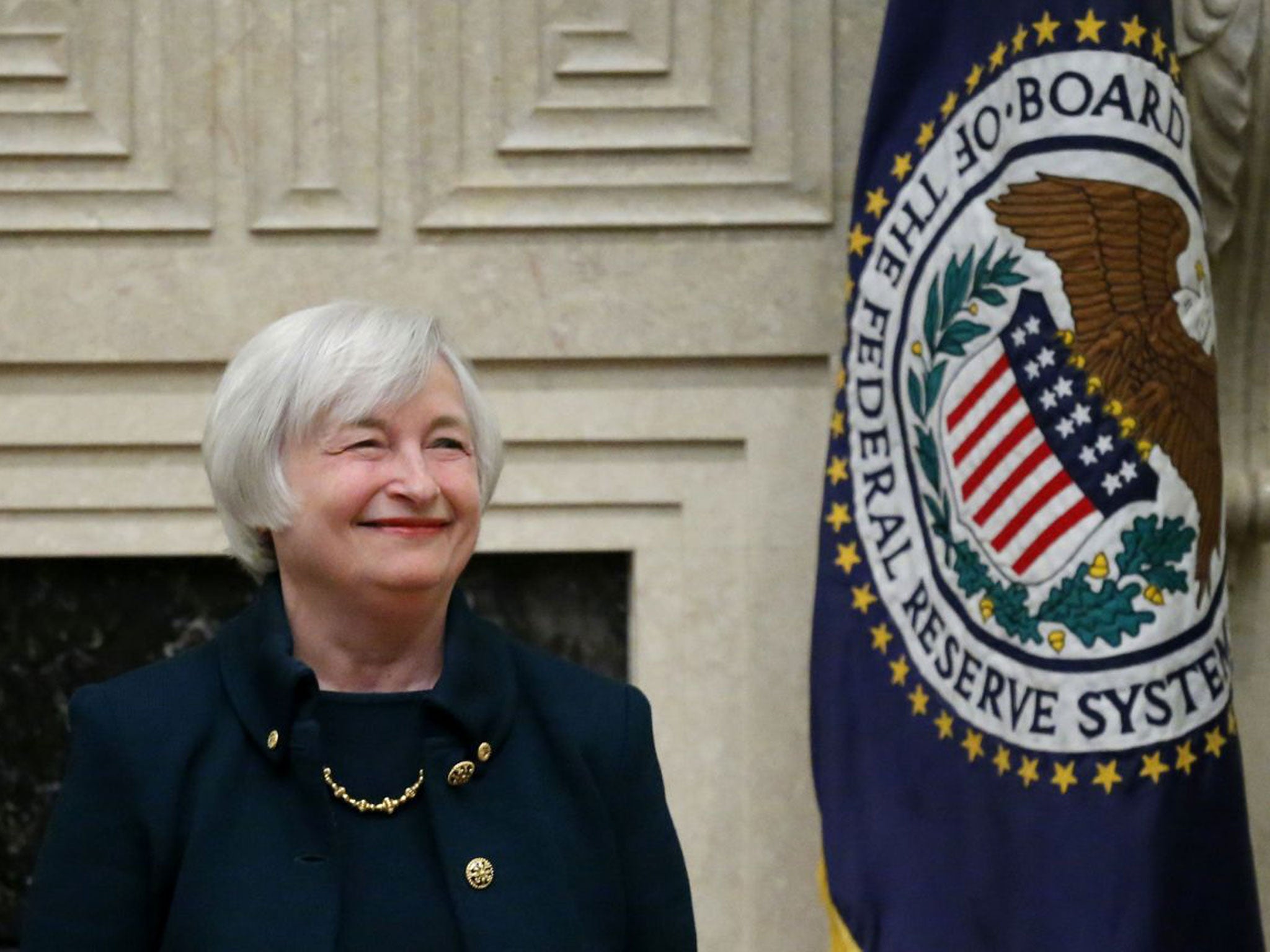Federal Reserve reveals schedule for ending quantitative easing
Minutes showed the central bank will probably complete its “tapering” of the bond-buying stimulus with a final $15bn cut in monthly bond purchases

The US Federal Reserve is likely to end its historic and controversial bond-buying stimulus programme – or “quantitative easing” – after its monthly meeting in October, it emerged last night.
Minutes from the Federal Open Market Committee’s (FOMC) June meeting showed the central bank will probably complete its wind-down or “taper” of the bond-buying stimulus with a final $15bn cut in monthly bond purchases following its October session.
The Fed’s large-scale buying of Treasury and mortgage related bonds – which took its balance sheet over $4 trillion – helped the US economy recover from the financial crisis of 2008-09 and helped keep interest rates near zero for years.
The central bank has been reducing its bond purchases by $10bn a month from a high of $85bn a month to $35bn in its last cut. It has always said it anticipated finishing the bond buying later this year, but June’s minutes put a likely date on the exit.
“If the economy progresses about as the committee expects, warranting reductions in the pace of purchases at each upcoming meeting, this final reduction would occur following the October meeting,” said the Fed in the minutes.
“While the current asset purchase programme is not on a preset course, participants generally agreed that if the economy evolved as they anticipated, the programme would likely be completed later this year.” The Fed once again sought to reassure investors that it would not raise interest rates until the US economy was strong enough.
“The committee again stated that it currently anticipated that it likely would be appropriate to maintain the current target range for the federal funds rate for a considerable time after the asset purchase programme ends, especially if projected inflation continued to run below the committee’s 2 per cent longer-run goal, and provided that longer-term inflation expectations remained well anchored,” said the Fed.
US stock markets rose slightly after the minutes were published.
The language in the minutes “showed to a great extent that the Fed doesn’t want markets sniffing out a rate hike too soon,” said Tony Crescenzi, strategist at giant bond fund Pimco on Bloomberg Television.
Mr Crescenzi said markets had it right in that policy interest rates would not be increased soon.
In its minutes, the Fed said the FOMC agreed to maintain its target range for the federal funds rate and to reiterate its forward guidance about how it would assess the “appropriate timing of the first increase in the target rate and the anticipated behaviour of the federal funds rate after it is raised.”
The minutes also showed that some FOMC members questioned “whether some recent trends in financial markets might suggest that investors were not appropriately taking account of risks in their investment decisions.”
Signs of increased risk- taking by investors were viewed by some at the Fed as an indication that investors “were not factoring in sufficient uncertainty about the path of the economy and monetary policy”.
The minutes said the Fed would continue to carefully monitor financial conditions and “where appropriate, supervisory measures should be applied to address excessive risk-taking and associated financial imbalances”.
Subscribe to Independent Premium to bookmark this article
Want to bookmark your favourite articles and stories to read or reference later? Start your Independent Premium subscription today.

Join our commenting forum
Join thought-provoking conversations, follow other Independent readers and see their replies